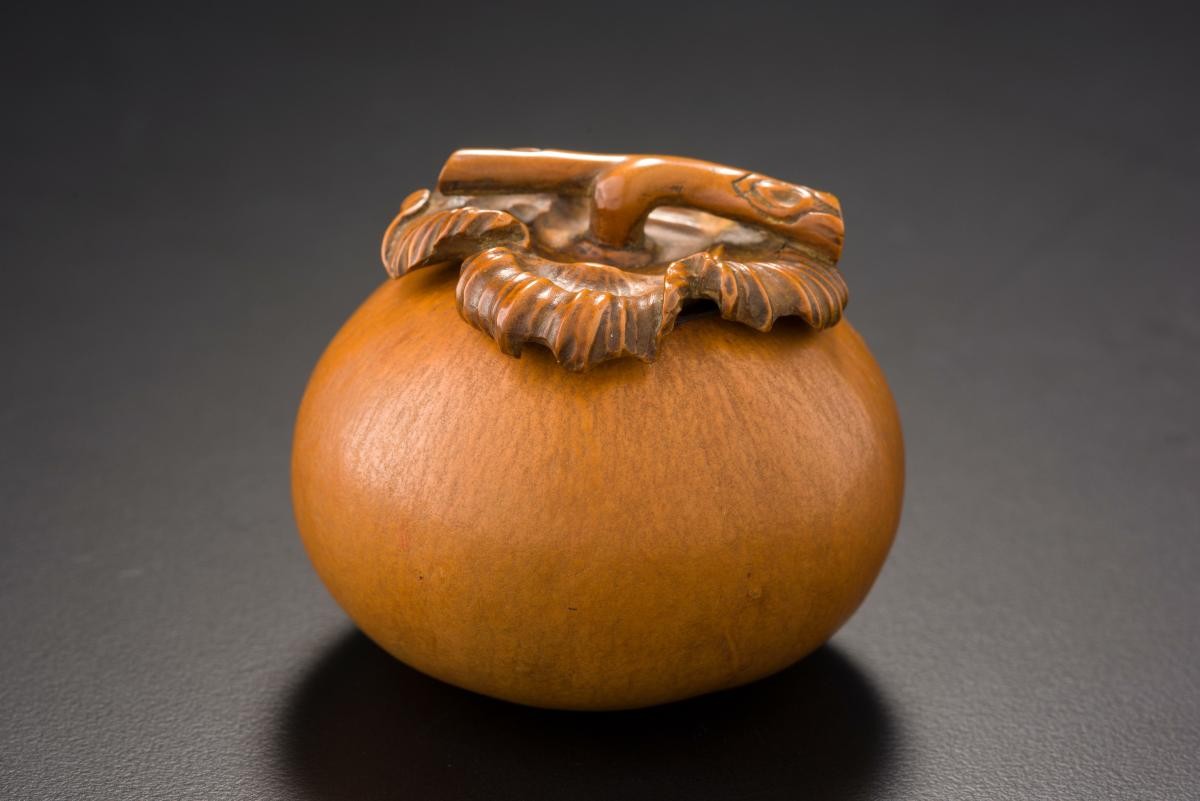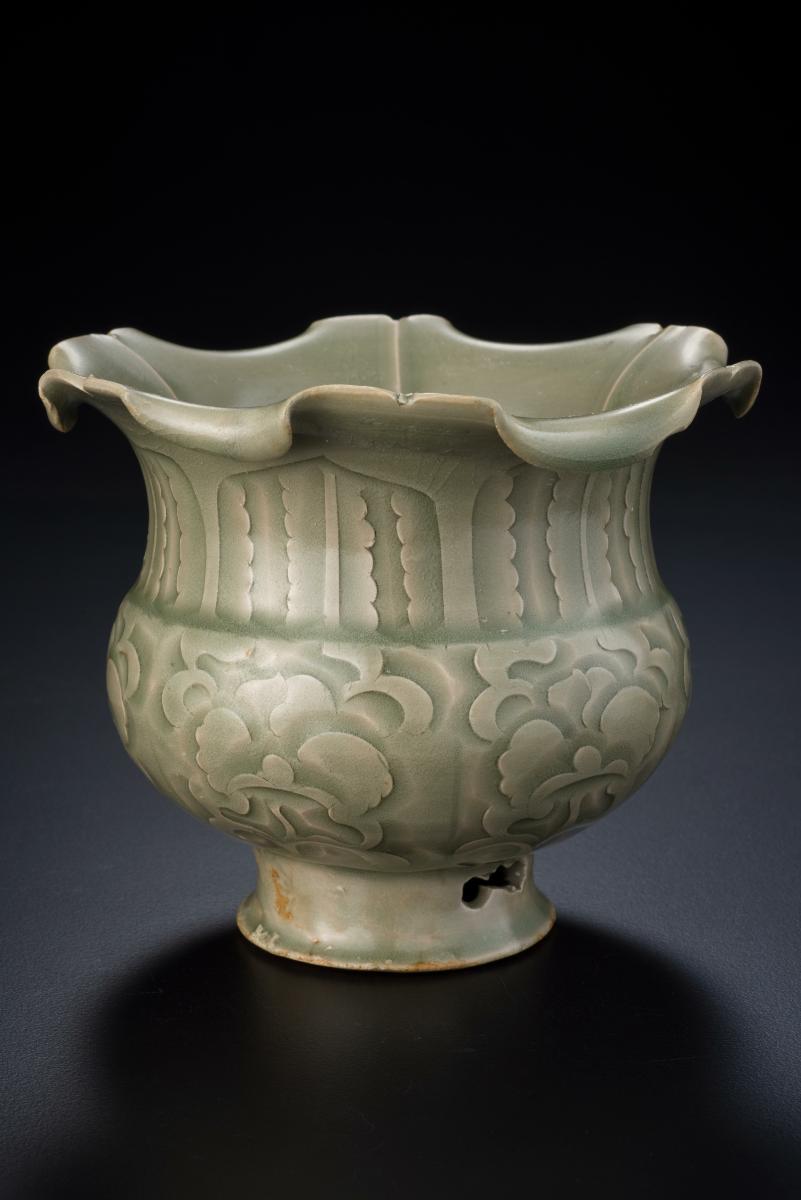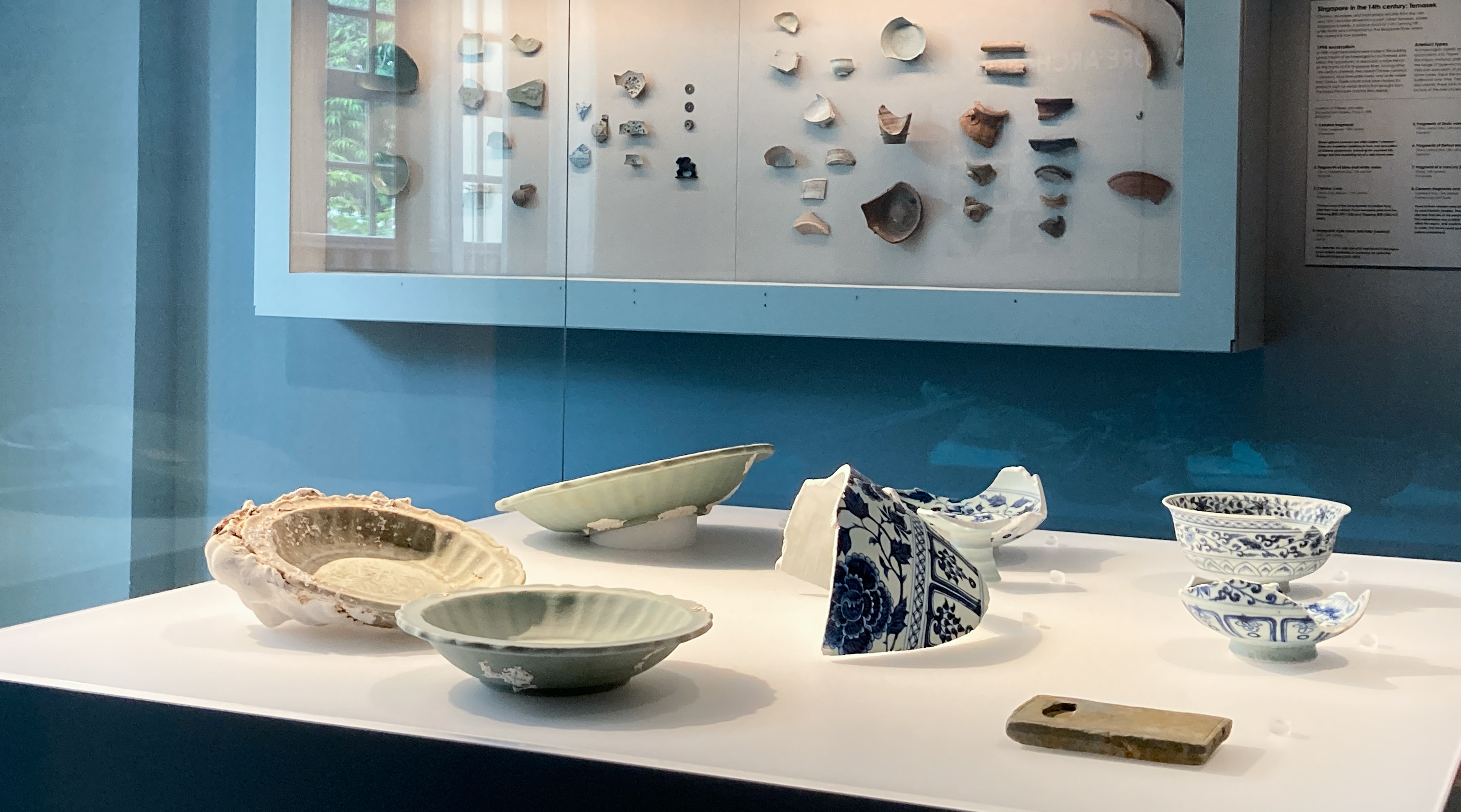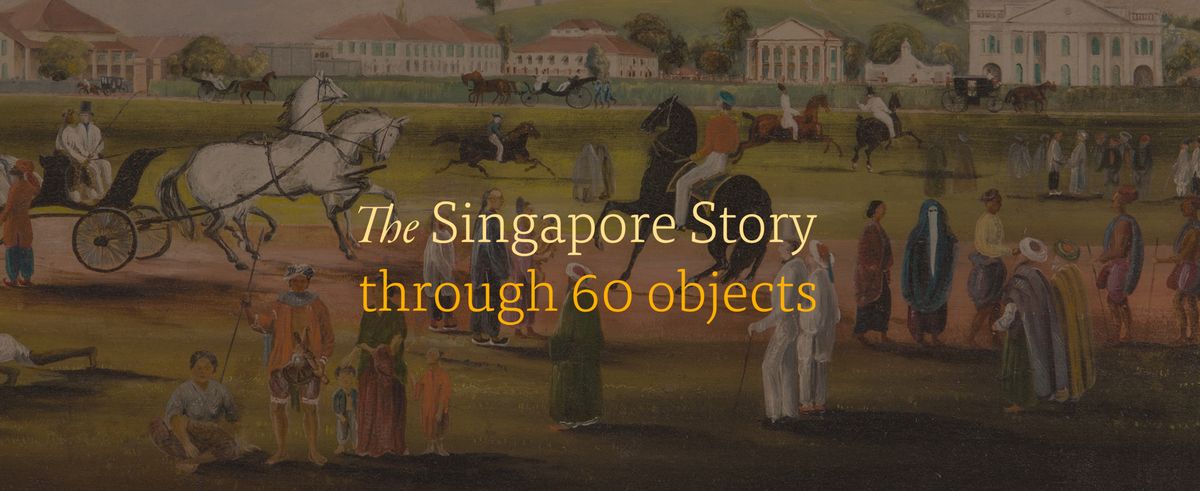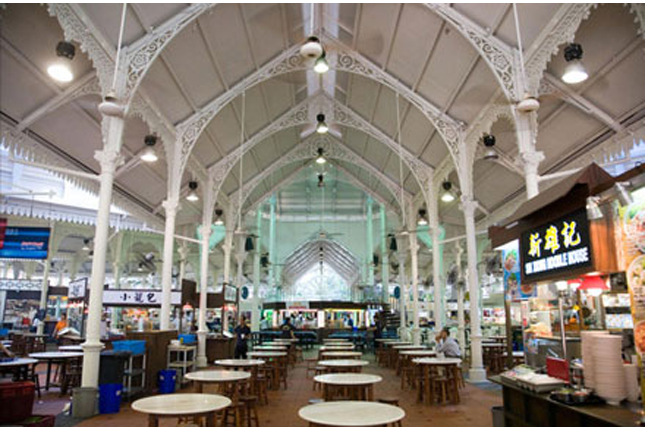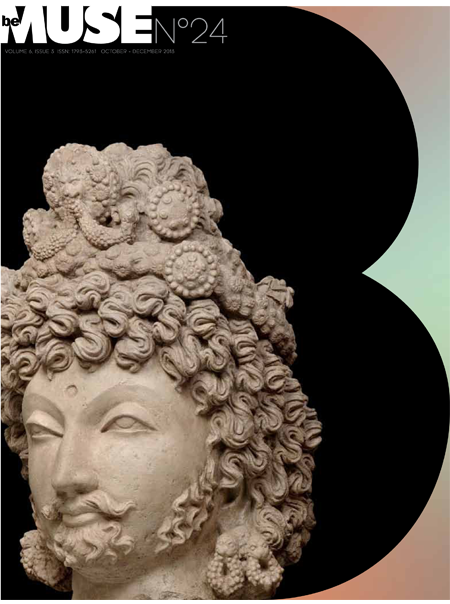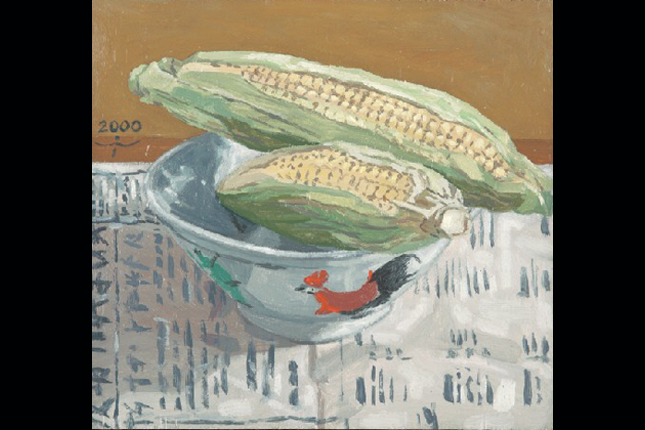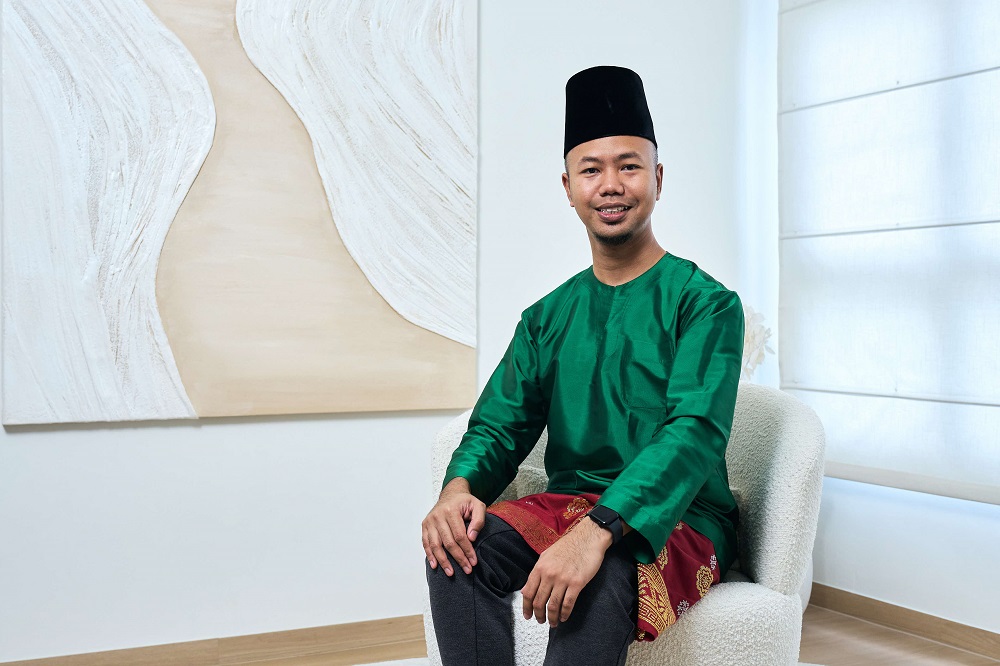This gourd vessel, in the shape of a persimmon, is fitted with a boxwood cover carved into the shape of a stem and calyx. Gourds have been fashioned into many forms in Chinese art, but those modelled after persimmons are rare. This example was probably used as a container for water on a scholar's desk.Decorative gourds were often used as ‘scholar’s playthings’ – small objects that would have been placed in a scholar’s studio. They were admired for their rustic charm and their embodiment of natural beauty and technical skill. They would have been appreciated for their symbolic value: the Chinese word for persimmon, shi, sounds similar to the word for affairs, and can be associated with the phrase 'shishi ruyi': ‘may all your affairs go as you wish’. It also sounds similar to the word for scholar and gentleman, which would help explain the popularity of the motif with the literati-official.Gourds were used as decorative objects from as early as the Warring States period (475 – 221 BC) and this practice continued throughout Chinese history. But it was during the Qing dynasty - when this example was produced - that decorative gourds reached a new level of technical excellence and popularity. The Kangxi, Qianlong, and Daoguang emperors were interested in decorative gourds and established numerous workshops devoted to their production. This led to a blossoming of the art form that lasted until the collapse of the Qing dynasty in 1911.




